It can be tempting, after generating copious amounts of waste upon completion of either a commercial or a domestic project, to try and fit it all into one skip. However, you run the risk of overloading it, which could prove to be very dangerous for yourself, pedestrians walking by the skip or motorists travelling in close proximity to it. You’ll also be putting the skip provider at risk as they’ll have to send a specialist to collect the skip once you’ve finished using it.
Instead of stacking up your waste to a precarious level, follow our hints and tips for filling a skip in a safe, responsible manner, together with a list of items that cannot be added to a skip. Hazardous waste, such as asbestos, poses a very dangerous threat to anyone who comes in close proximity to the skip or the waste inside it, and so it should be treated very carefully, hence why it can never be thrown into a skip.
If you’d like hazardous waste to be handled and disposed of responsibly, then Willshee’s have a dedicated hazardous waste disposal service that you’ll be able to take full advantage of when you need it most. But what are the rules when it comes to filling a skip and what are the dangers should they become overloaded?
The dangers of overloading a skip
There are many dangers associated with overloading a skip. It can put yourself, the general public and the specialist who will come to collect the skip, at risk. As an unsafe, irresponsible practice, a skip provider can choose to not take the skip away unless items are taken out, ensuring the contents go down to an acceptable level.
There are three main dangerous at play should a skip be overfilled, including:
- The skip becomes too heavy – this can make it difficult for the skip provider to take the skip away, therefore putting them in danger. Not only that, but their machinery could be put under unnecessary strain as it’ll only be designed to lift a certain weight. It might even make transportation impossible
- Items could fall out of the skip – if waste falls out of the skip, it could hit a person or damage property, such as cars or driveways, depending on how heavy the item is. Not only that, but items inside could shift, causing products to become loose and therefore more susceptible to falling
- Products could protrude, overhang or dangle over the skip wall – this is particularly dangerous if your skip has been placed on a public road. Cyclists and pedestrians could get caught on waste items, causing serious injury, particularly if it’s at eye-level. It could even cause damage to cars and other vehicles driving past the skip, resulting in scratched paintwork, cracked windscreens or damaged wing mirrors
The rules to follow when filling a skip
There are a few rules to follow when it comes to filling a skip, and the first one is to not overfill it. Generally, a skip will have a thick red line along the interior – this indicates where waste should be filled to and so that limit should not be exceeded.
There are other rules when it comes to filling a skip, such as not filling it with prohibited or dangerous materials. Items that cannot be added to a skip include:
- Asbestos
- TV and computer monitors
- Plasterboard
- Tyres
- Batteries
- Fluorescent tubes
- Solvents
- Fuels
- Tins or cans of paint
- Electrical items or appliances
- Gas cylinders
- Medical waste
If you have any items that do not align with the aforementioned products, but you aren’t sure whether or not it can go into the skip you have, then you must check with the skip provider as to whether or not that specific item can be disposed of in the skip they have given you. Mattresses, for example, might be acceptable, although some providers may charge you a small fee for adding it to the pile, whereas other providers may prohibit it – the general rule of thumb is, if you aren’t sure, ask.
How to avoid overloading a skip
Before you order your skip, try and estimate, best you can, how much waste you will generate, regardless of whether you’re carrying out a commercial or a domestic project. This will ensure that you don’t hire a skip that’s either far too small or excessively big. This will also help to keep costs to a minimum as you won’t be slapped with a fine for overfilling a small skip, but then you also won’t be paying for a skip with a larger capacity than you really needed.
If you aren’t sure about what size skip to get, then get in touch with the skip provider and they’ll be happy to talk you through your options if you give them a few details about the size and scale of the project you’re undertaking. It might also be a good idea, at that point, to ask about prohibited items so as to avoid being fined. In some cases, the skip provider can refuse to take a skip away that contains banned waste, so it’s always best to check.
There are other hints and tips to follow when it comes to filling a skip efficiently, enabling you to use the space, however big or small the skip may be, to its full capacity without overloading the skip, including:
- Break down larger items – furniture, particularly wooden or chipboard, can be pulled apart and broken up into smaller pieces. Not only will it make it easier to put the material into the skip (as you won’t be carrying a large chest-of-drawers, for example), but it’ll also save space
- Put lighter, flatter items at the bottom – if lighter products can be laid out flat at the bottom of the skip in a more strategic fashion, then you’ll be able to add larger, heavier items on top – this will push and flatten the smaller, lighter items further, allowing for even more room
- Put large, flat items on the bottom or down the side – doors, broken down kitchen cabinets or sheets of wood, for example, can either be laid on the bottom or slid down the side of the skip, just as long as it doesn’t exceed the red, interior line or raise above the skip walls
- Put heavier items on top – the heavy products will help to crush and flatten whatever is underneath. It may also leave voids in some cases, so break down other materials and fill those voids with small pieces of waste, if you have any
Here’s how Willshee’s can help you
Willshee’s are proud to offer effective waste management solutions to our customers. With over 30 years of industry experience, you can always look to our experts to help you with all of your waste management requirements. Specialising in the removal and disposal of domestic, commercial and industrial waste, you can always rely on our reliable, efficient skip hire service.
We’ll be able to help your project run as smoothly as possible and in a timely manner, all when you look to Willshee’s for skip hire. With several sizes available for rent, we’ll be able to cater for your needs, no matter how big or small your project might be. From bulky items to concrete and hardcore, you’ll be able to confidently throw the waste you generate into one of our skips.
You can rest assured that all waste material added to a Willshee’s skip will be safely and responsibly disposed of, keeping the environment at the forefront of our minds. In order to be as sustainable as possible, and as well as concrete, hardcore and bulky items, we’re also able to recycle:
- Cardboard
- Paper
- Metal
- Plastic
- Textiles
- Plasterboard
- Green waste
- Soil
- Residual waste
If you’re looking to throw away commercial waste as opposed to domestic waste material, then you’ll be able to rent a construction skip. For harder-to-reach spaces or for copious amounts of heavy, bagged-up waste, we also have a grab hireoption available for your ultimate convenience.
For more information about how you can stay safe when filling your skip or if you’d like to order one to help you complete your domestic or commercial project, get in touch with a member of our specialist team today – you can always count on us for your waste and recycling needs.






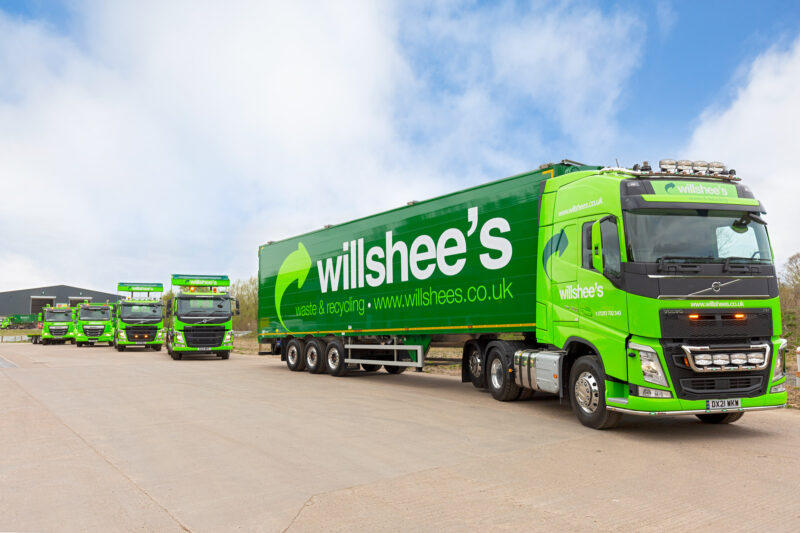
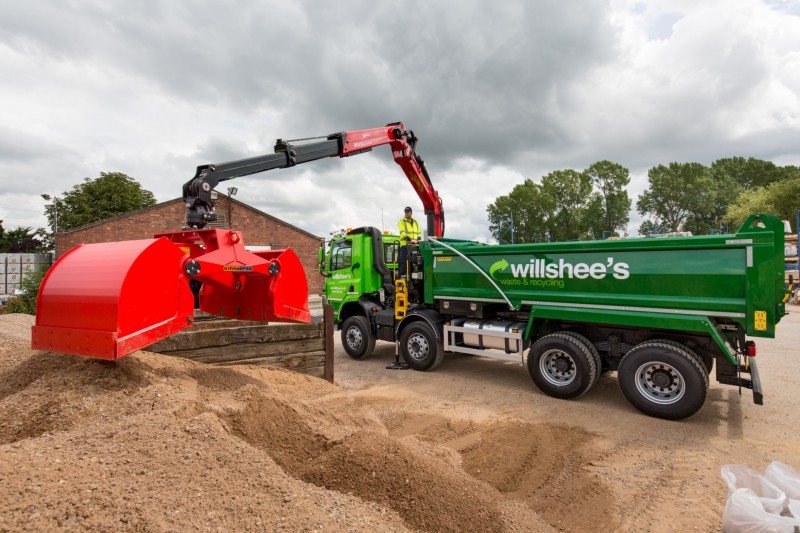

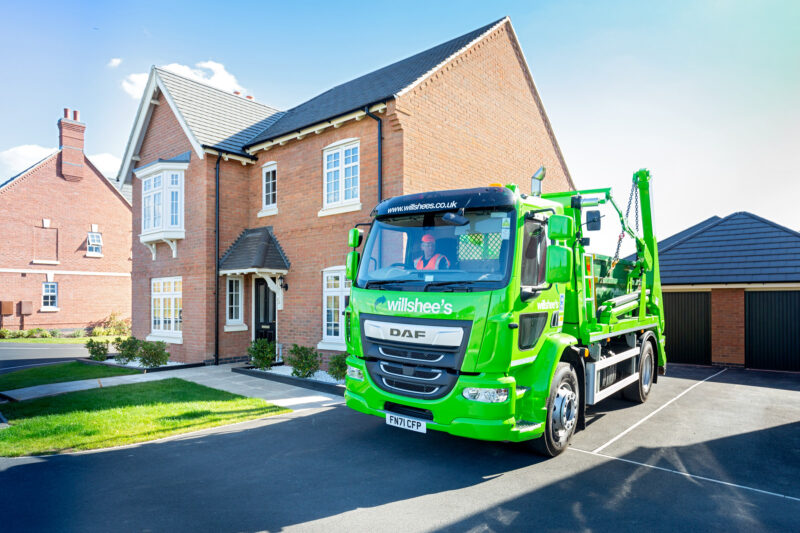
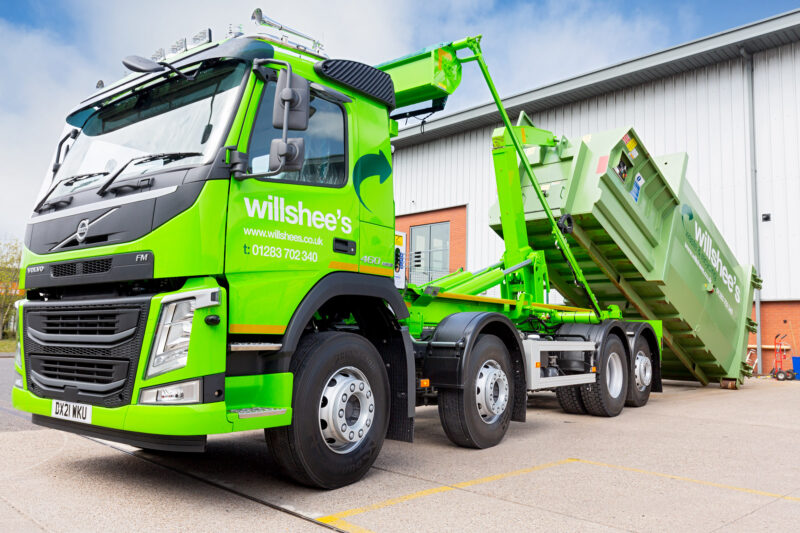
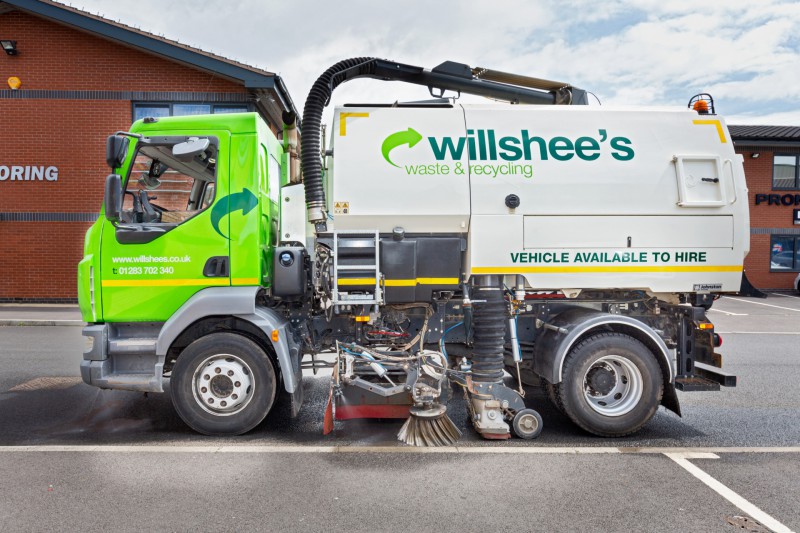
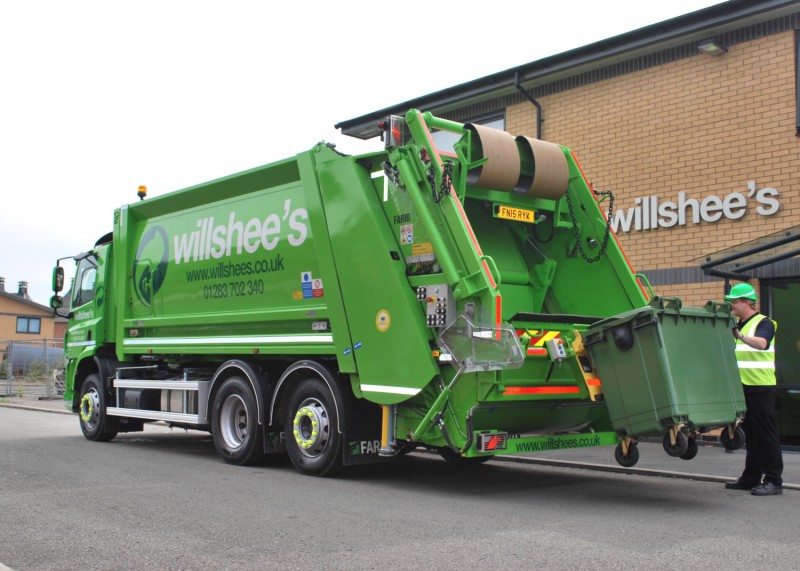
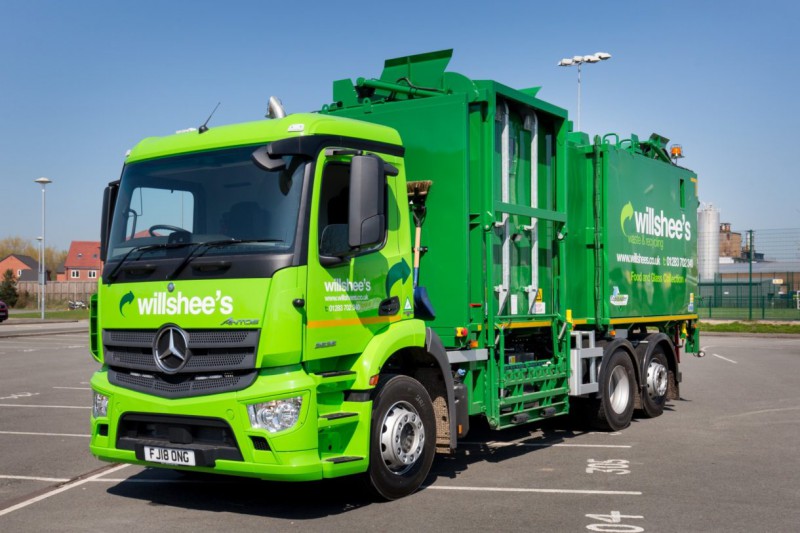
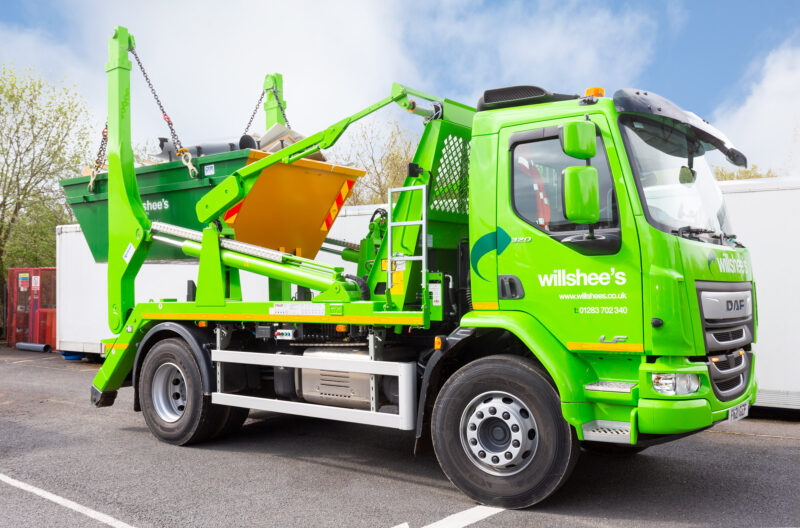
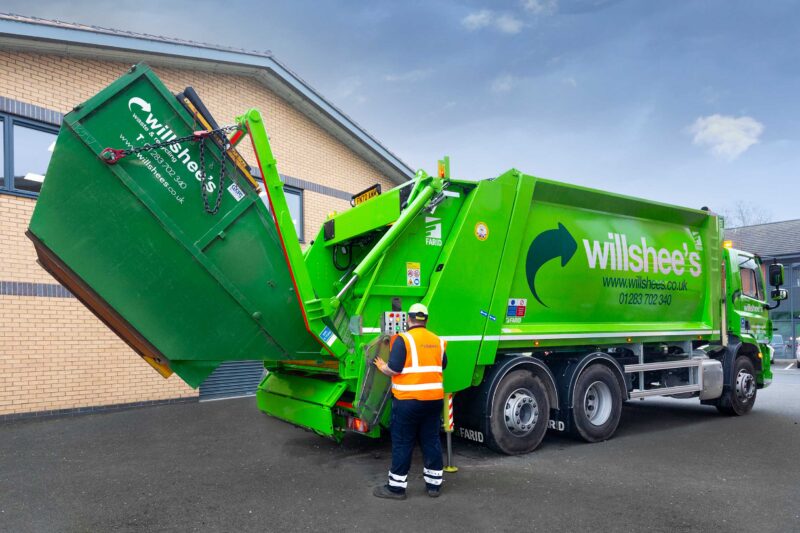
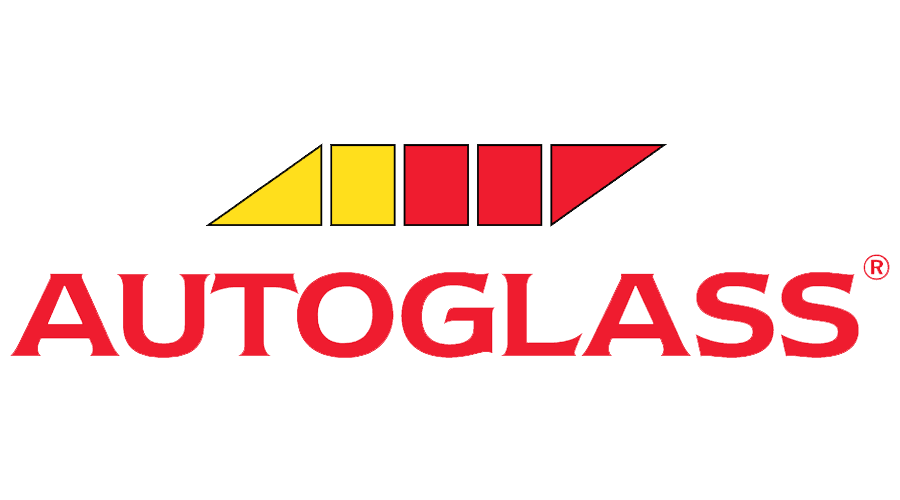


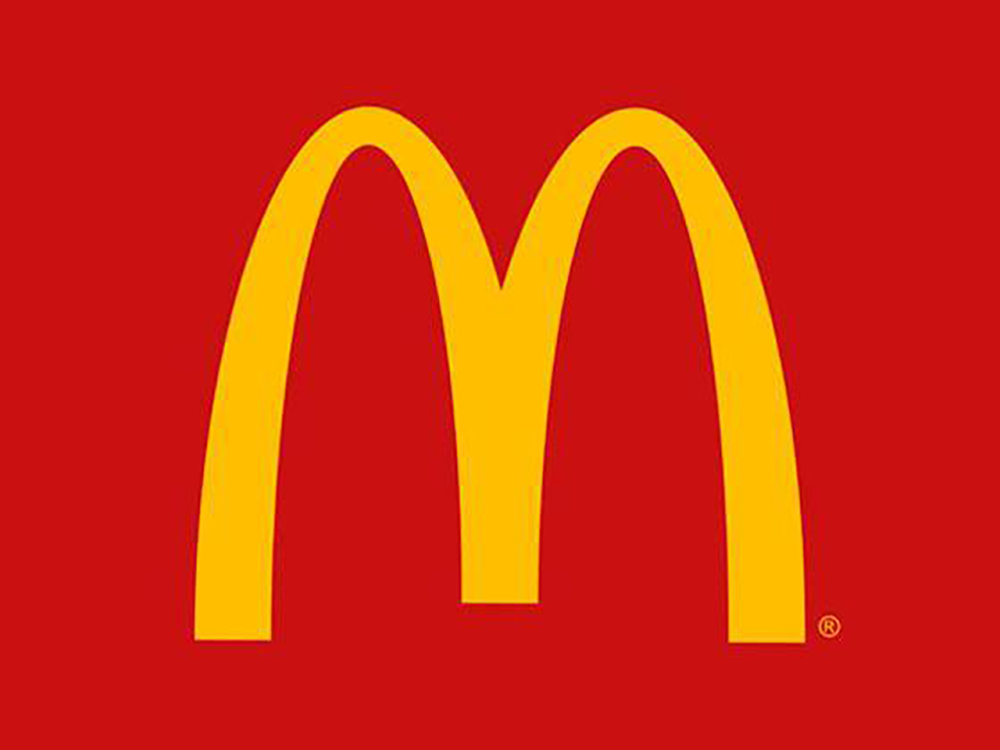

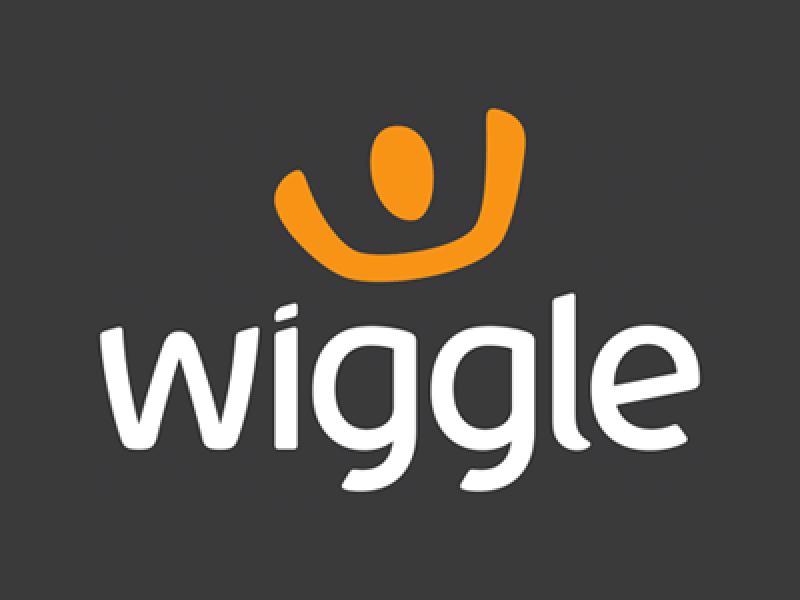
Social